Santiago de Compostela is the least famous of this ‘Holy Trinity’ but it still holds a special place in the religion’s folklore. The supposed burial place of one of Jesus’s disciples (hence the name: Santiago is St James in Spanish) has attracted millions of pilgrims over the years. They arrive along the Camino de Santiago, a series of hiking routes that criss-cross the continent but which all lead to the same point - Santiago Cathedral.
But Santigo doesn’t just have religious artefacts. If you decide to visit, you’ll see a beautiful old city bursting with nightlife, delicious food, and scenic parks. Read on to delve further into what the ‘Jerusalem of the West’ has to offer.
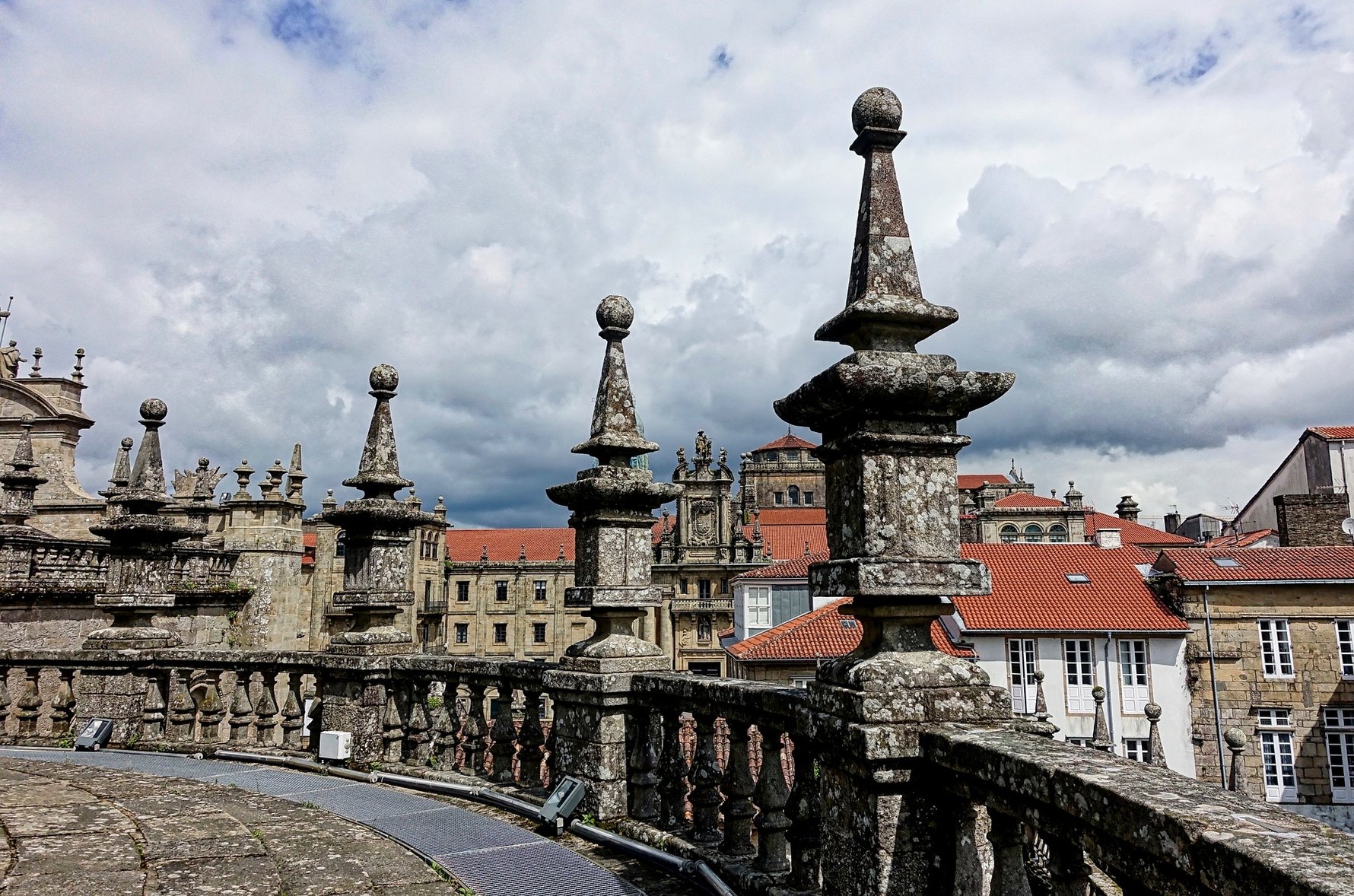
The historic old town
Crowded around the cathedral in the city centre are the narrow, crooked streets of the Casco Vello, or the ‘old town’. A mix of Romanesque, Gothic and Baroque styles, it’s one of the most beautiful urban areas in the world and a UNESCO World Heritage site.Hewn out of Galician stone, the buildings, streets and squares take the visitor back in time, offering views of the city that remain unchanged since the Middle Ages. Central to this is the Praza de Cervantes, which apart from the kiosk selling tickets for the Spanish lottery on one side, could be a scene from Medieval times with its antique fountain and ornate archways.
Wandering to the north from there will lead you to the Igrexa de San Martiño Pinario, a 17th century church and monastery whose incredible façade often makes passers-by stop and stare in wonder. A little further on is the Costa Vella café, a perfect coffee stop with its leafy garden and pretty fountain.
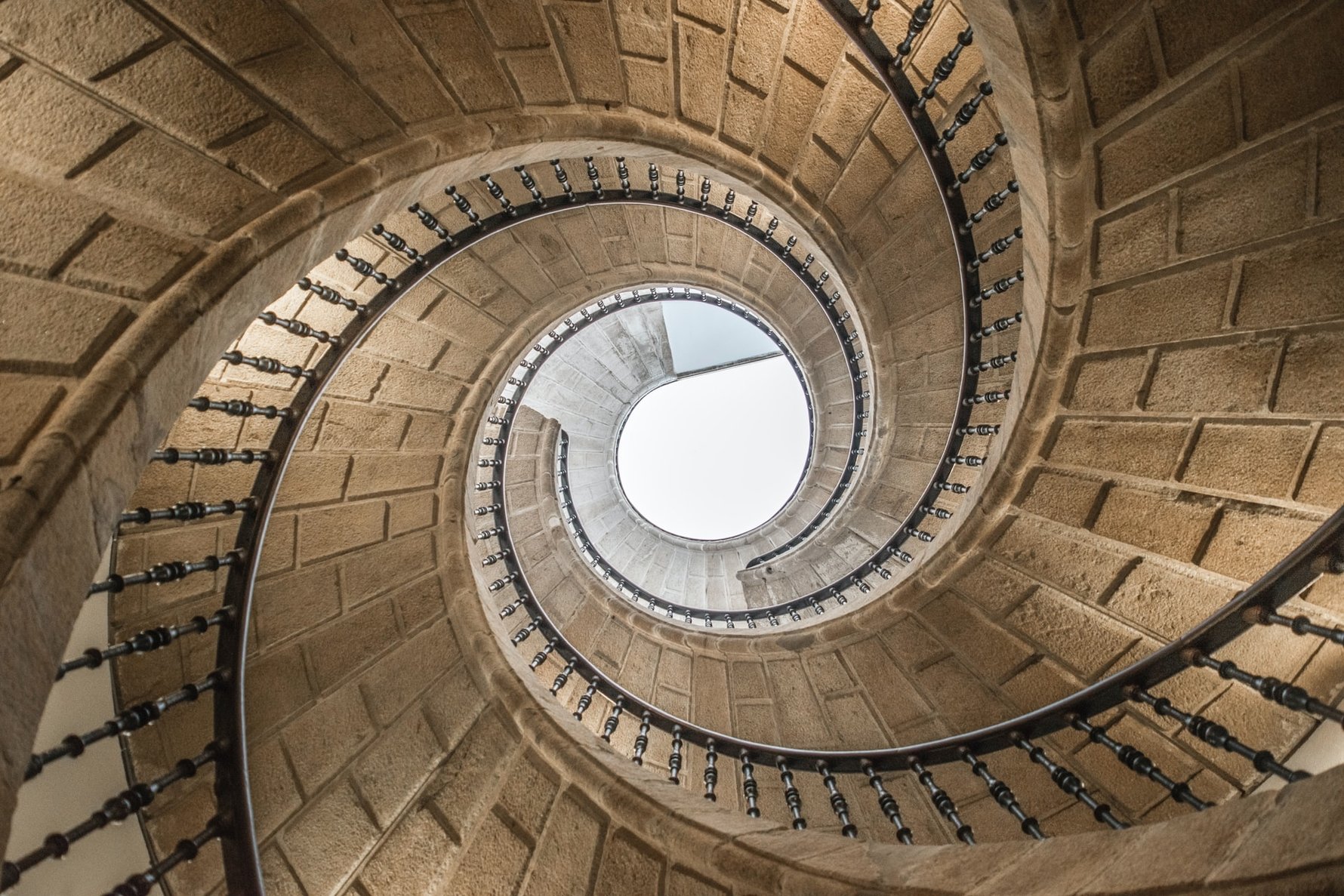
From the Faculty of Philosophy, you can walk along one of the three parallel streets that dissect the old town, including the Rua Franco, whose name derives from the Franks. The string of bars and restaurants along here serve as final stopping points for the Camino’s pilgrims before reaching the sacred Praza de Obradoiro, with the jewel of the city’s crown, the cathedral, situated there.
A smorgasbord of great food
Galicia is one of the most underrated places for seafood in the world, with over 1,500 kilometres of coastline conjuring up some delicious delicacies. Santiago is smack bang in the centre of the region, and chefs here take great pride in showing off specialities such as vieiras á galega (breaded scallops) and pulpo á feira (boiled octopus).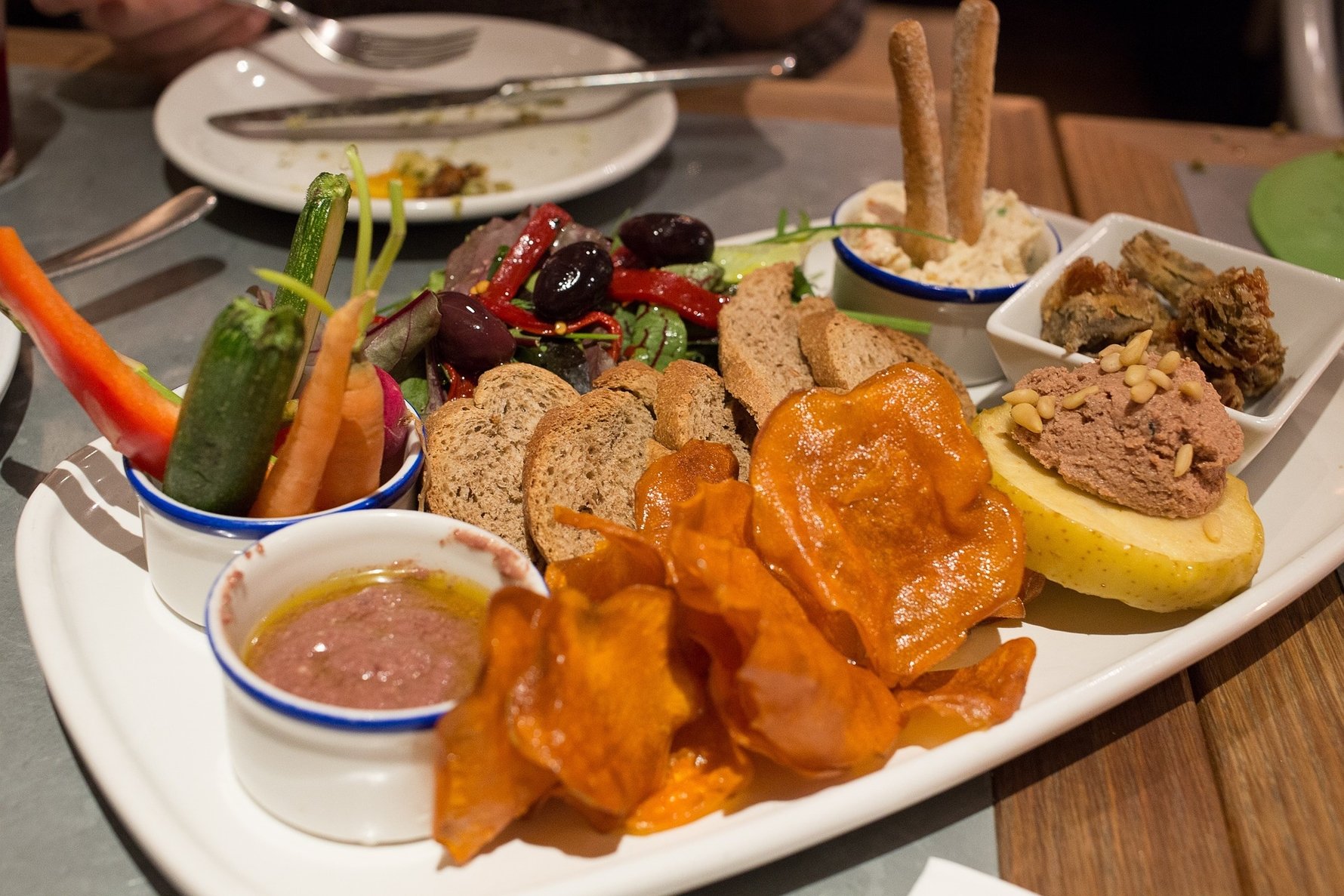
If your budget doesn’t quite stretch to Michelin levels, then there are a host of excellent alternatives. Abastos 2.0 is listed in the Michelin guide, but offers a more casual experience with its location in the historic market of the same name. Order an Albariño wine, the region’s best white variety, and get a delicious tapa of the day, which could be mejillones (mussels) or seafood empanada, a type of Spanish patty.
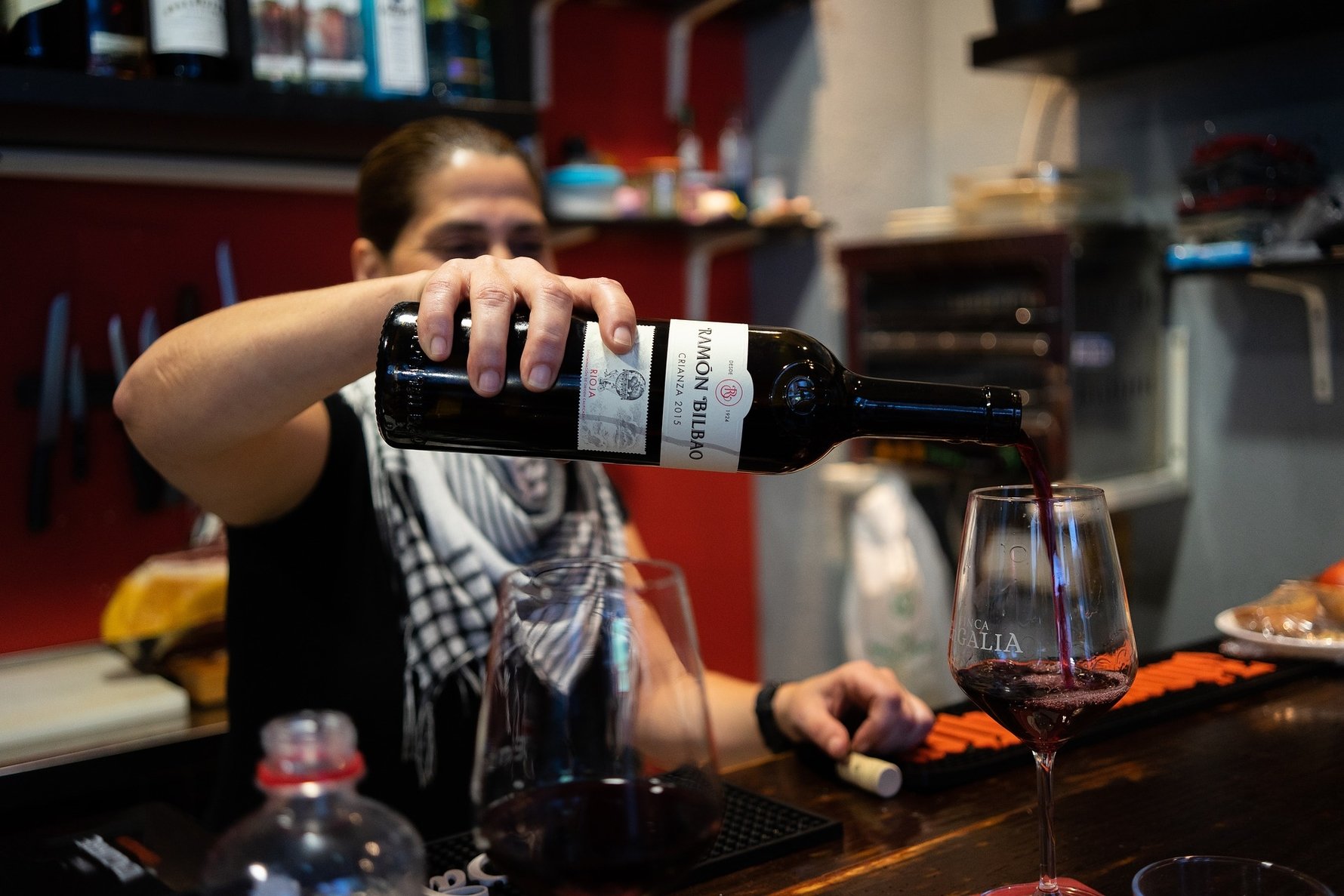
Parks and recreation
Santiago gets pretty rainy, particularly during the winter months, but it does have its rewards. The city is home to several leafy parks that all have their own character and scenic spots.Parque Bonaval is the hardest to get to, but perhaps the most beautiful. Located on what feels like the city’s rooftop, it looks out over the Convento de San Domingos and the Cathedral’s spires - not to mention a stunning sunset - and has a winding pathway that takes you through centuries-old trees and derelict ruins.
A quick skip over Rúa San Pedro, the final stretch of the Camino for many pilgrims, takes you down to Parque Belvis, which basks at the foot of the Convento de Belvis, and has its own mazes and grassy areas secluded by ancient walls.
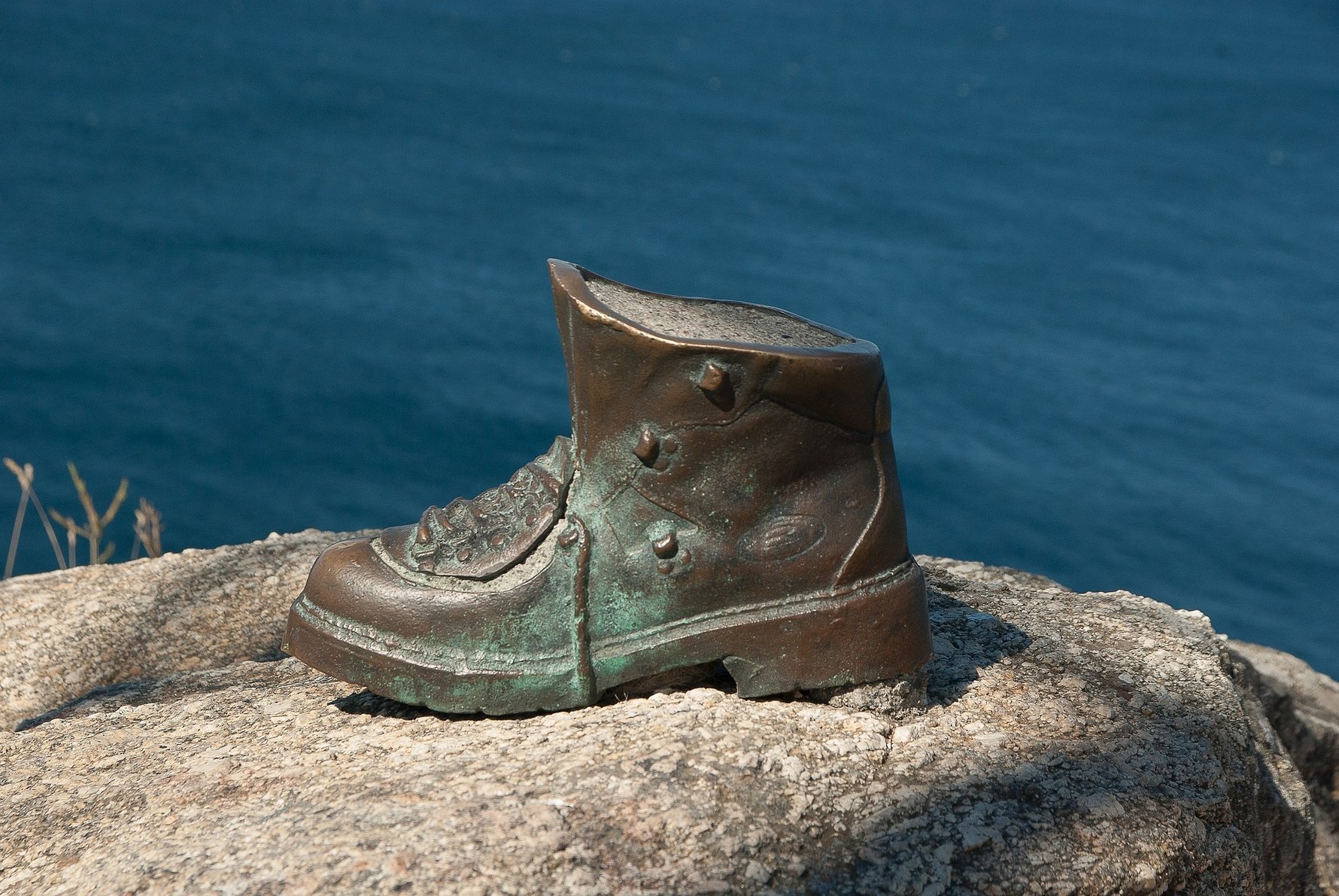
A lie in the park might be what you need after taking in Santiago’s other famous feature: its social scene.
A buzzing nightlife
Going out in Santiago as the dusk sets over the city reveals a unique blend of people out on the streets. First, the Compostelanos, the locals who embody the Spanish love of socialising and can be heard conversing in Galego, one of Galicia’s two official languages.Next, the students, who make sure of a party atmosphere even on a rainy Tuesday night, and finally, the pilgrims - the hikers and cyclists who have streamed in from all over Europe along the holy routes that stretch as far as Hungary and Scandinavia.
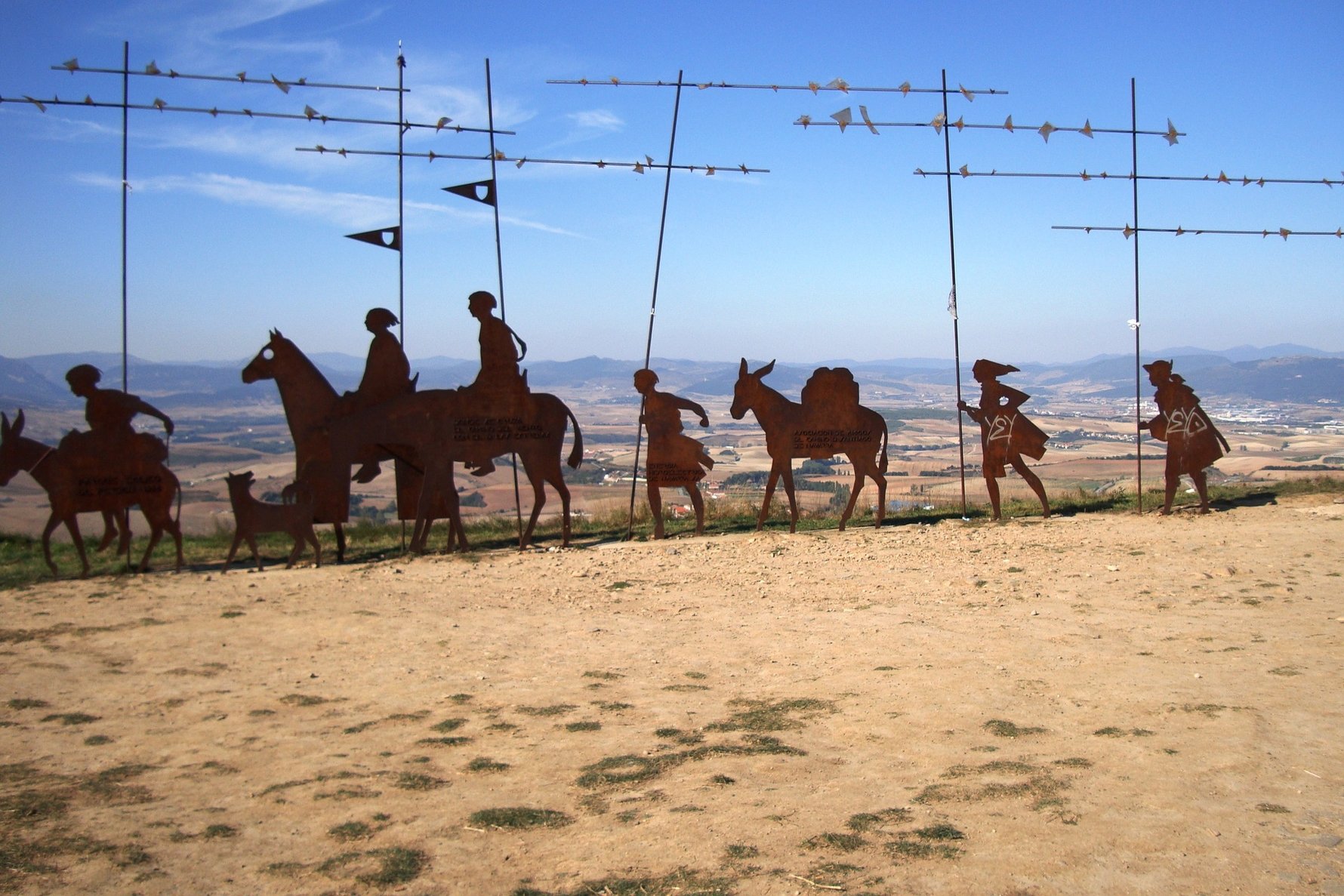
While the pandemic has dampened spirits, Santiago is looking ahead with renewed optimism thanks to Spain’s vaccination drive. With 2021 being the city’s holy year, there’s plenty to look forward to in the ‘Jerusalem of the West’.


Comments